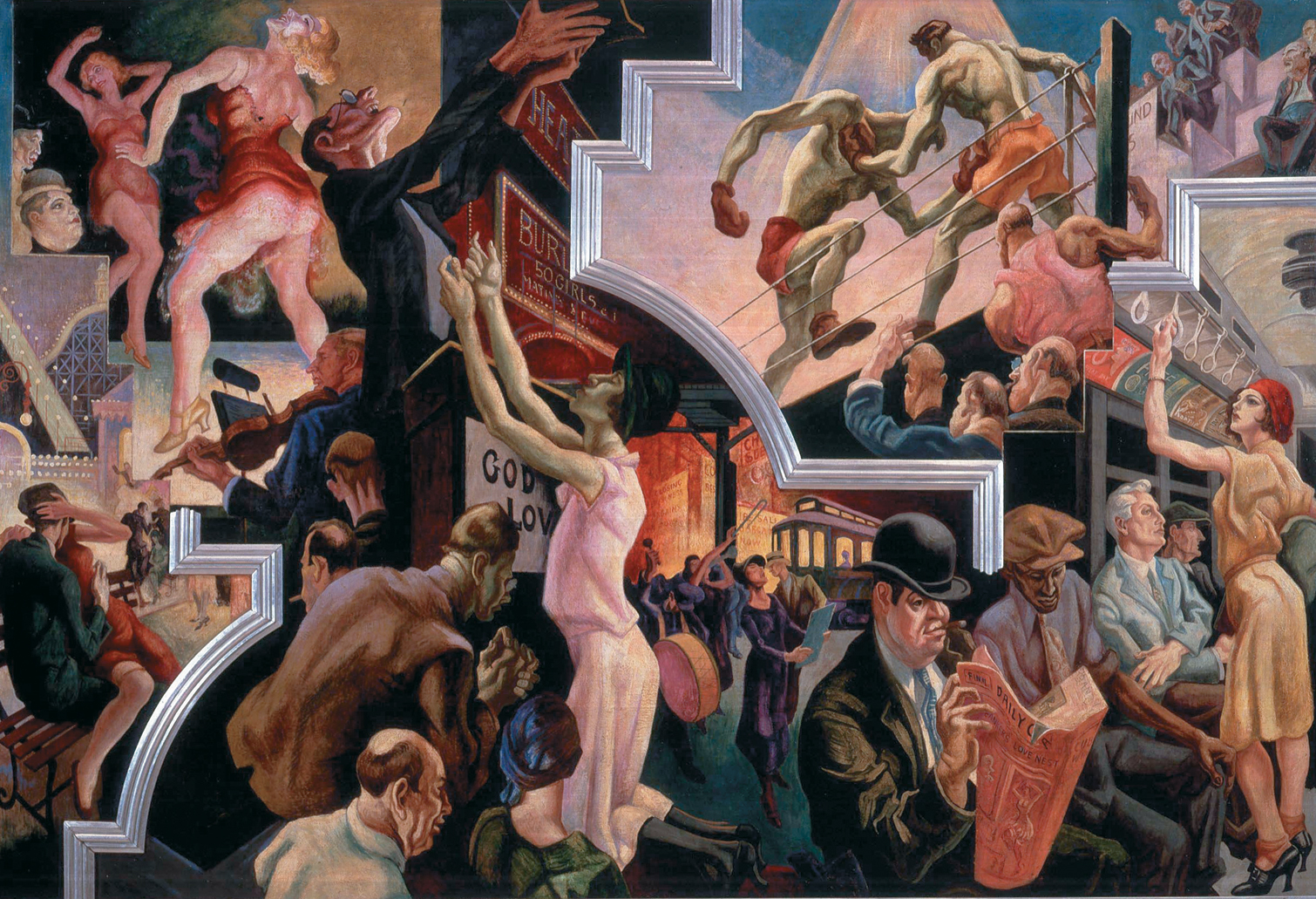Relief for the Unemployed.
Printed Page 667 Chapter Chronology
Relief for the Unemployed. First and foremost, Americans still needed jobs. Since the private economy left eight million people jobless by 1935, Roosevelt and his advisers launched a massive work relief program. With a congressional appropriation of nearly $5 billion — more than all government revenues in 1934 — the New Deal created the Works Progress Administration (WPA) to give unemployed Americans government-funded jobs on public works projects. The WPA put millions of jobless citizens to work on roads, bridges, parks, public buildings, and more.
Works Progress Administration (WPA)
Federal New Deal program established in 1935 that provided government-funded public works jobs to millions of unemployed Americans during the Great Depression, in areas ranging from construction to the arts.
By 1936, WPA funds provided jobs for 7 percent of the nation's labor force. In effect, the WPA made the federal government the employer of last resort, creating useful jobs when the capitalist economy failed to do so. In hiring, WPA officials tended to discriminate in favor of white men and against women and racial minorities. Still, WPA jobs put thirteen million men and women to work and gave them paychecks worth $10 billion.
About three out of four WPA jobs involved construction and renovation of the nation's physical infrastructure. In addition, the WPA gave jobs to thousands of artists, musicians, actors, journalists, poets, and novelists. The WPA also organized sewing rooms for jobless women, giving them work and wages. These sewing rooms produced more than 100 million pieces of clothing that were donated to the needy. Throughout the nation, WPA projects displayed tangible evidence of the New Deal's commitment to public welfare.
Visual Activity for Chapter 24
